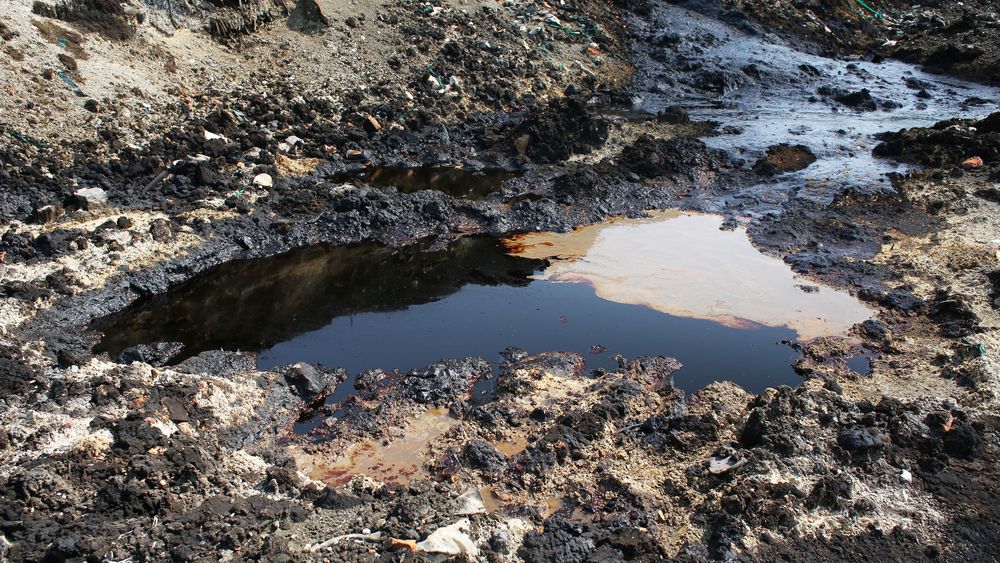
The Silent Scourge: Toxic Metal Mining and its Global Repercussions
The shadows of our civilization’s incessant pursuit for progress linger in unexpected places. For millions, it’s beneath the ground they tread upon daily. A comprehensive study reveals that an alarming 23 million people globally reside on flood-plains riddled with hazardous concentrations of toxic waste, a nefarious byproduct of metal-mining activity.

Mapping the Mines
In an endeavor led by UK scientists, a staggering 22,609 active and 159,735 abandoned metal mines were mapped to gauge the degree of their pollutive footprints. The mines, over time, have leaked harmful chemicals into the surrounding soil and waterways, adversely impacting ecosystems and human habitats. The picture painted is especially grim as the global demand for metals, crucial for battery technology and electrification like lithium and copper, skyrockets.
According to Prof. Mark Macklin from the University of Lincoln, who spearheaded the research, the persistent legacy of pollution from forsaken mines continues to imperil millions. “It’s not just about current mining operations,” he noted, “but the remnants from mines long abandoned are also contributing significantly to this crisis.”
Understanding the Spread
The research, which found a home in the esteemed journal Science, builds on prior studies that have delved into the movement and accumulation of pollutants originating from mining. By amalgamating data from various sources including governments, mining conglomerates, and organizations such as the US Geological Survey, the scientists developed a comprehensive database.
Prof. Macklin elucidated that while most metal remains trapped in ground sediment, erosion from mining waste tips and contaminated soil eventually finds its way into rivers. This leads to the widespread dissemination of pollutants across expansive flood-plains.
The team’s subsequent analysis, combining their pollution model with global population statistics, indicated that roughly 23 million individuals inhabit regions grappling with significant contamination.
Beyond the Numbers
While the findings underscore the magnitude of contamination, Prof. Chris Thomas of the University of Lincoln cautions that the direct impact on these 23 million inhabitants remains ambiguous. The intricacies of exposure are manifold – from agricultural practices in contaminated areas to irrigation from polluted water sources.
Past research has evidenced crops nurtured in such environments often amass high concentrations of metals. Further compounding concerns, the study highlights the risk faced by livestock grazing on contaminated grasslands, especially post-flooding when freshly tainted sediment covers the plains.
Moreover, as Prof. Macklin warns, with the advent of climate change and increasing flood events, the spectre of this latent pollution is poised to widen its ominous reach.
A Silent Threat
Prof. Jamie Woodward of the University of Manchester, although not a participant in the study, terms this peril as the menace of “silent pollution” lurking in flood-plains. He contends that our understanding of environmental contaminants needs to transcend monitoring river water and delve deeper into river sediments where the real “nasties” reside. “An ounce of prevention,” he posits, “is worth a pound of cure. Knowing where these contaminants lie and the paths they may take can empower us to make informed decisions.”
The Haunting Legacy
In a poignant reflection, the researchers highlight that our tryst with environmental contamination dates back millennia. Metal mining, integral to human progress, initiated environmental degradation nearly 7,000 years ago. As the world stands on the precipice of a renewed mining boom, fuelled by technological advancements, this research serves as a stark reminder of the inherent environmental costs and the need for sustainable practices.
In conclusion, as the world races forward, mining its depths for metals to power the future, we must confront the ghosts of our past. The 23 million people residing on tainted land deserve not just acknowledgment but proactive solutions to navigate and mitigate this expansive environmental crisis. The onus is on global leaders, industries, and communities to ensure that the sins of the past are not perpetuated into the future.